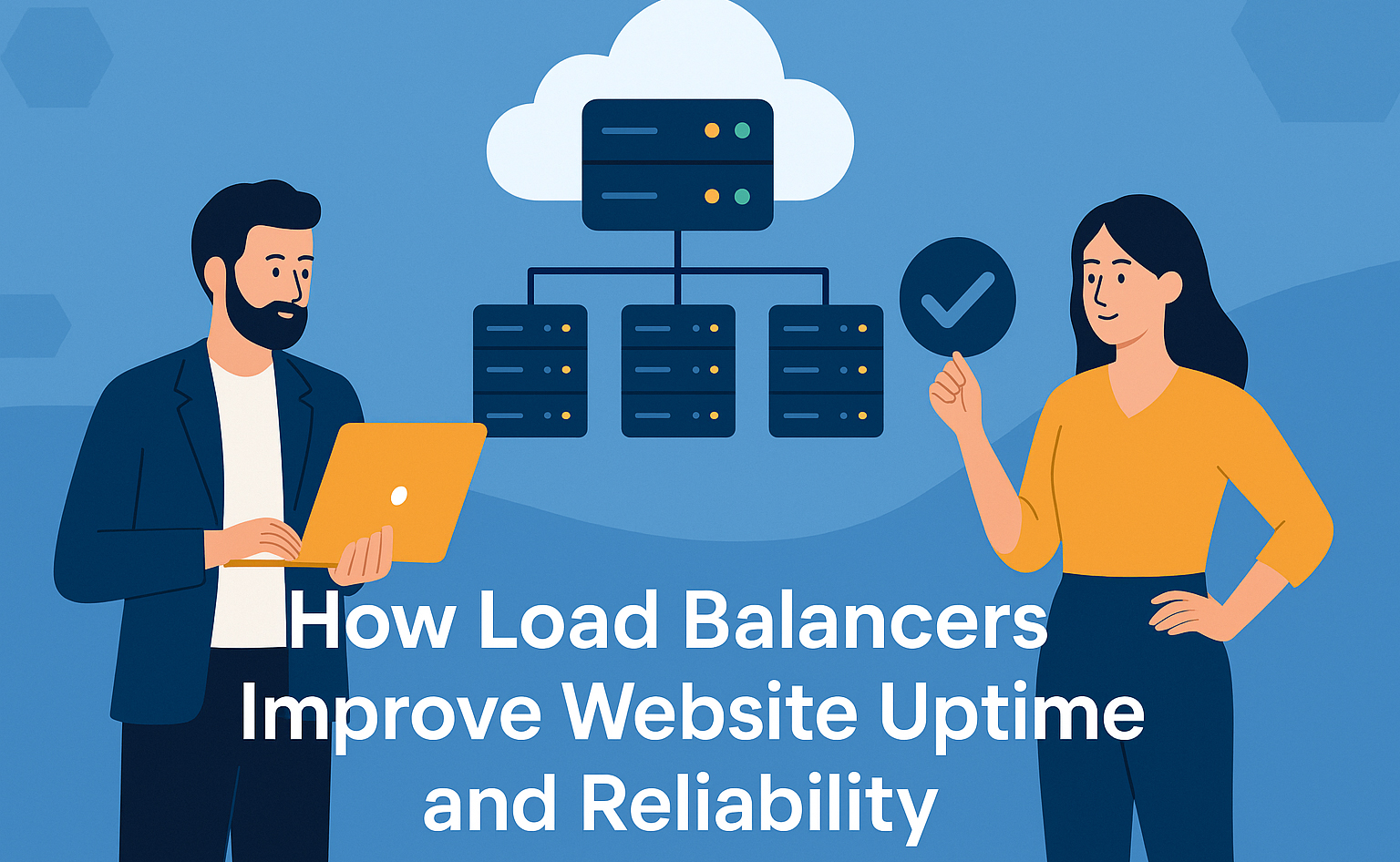 In the era of high-traffic websites and dynamic applications, load balancing plays a pivotal role in maintaining network performance and ensuring high availability. As more organizations migrate to the cloud and adopt scalable web solutions, understanding how traffic distributors work is crucial for achieving optimal performance and reliable user experiences.
In the era of high-traffic websites and dynamic applications, load balancing plays a pivotal role in maintaining network performance and ensuring high availability. As more organizations migrate to the cloud and adopt scalable web solutions, understanding how traffic distributors work is crucial for achieving optimal performance and reliable user experiences.
What Is Load Balancing?
The process of load balancing involves allocating network traffic evenly among multiple servers, ensuring optimal performance and preventing server overload. It enhances resource utilization, reduces response time, and prevents server overload. In essence, load balancing improves website performance and maintains service continuity, especially during traffic surges.
The primary goal of load balancing is to ensure that applications remain accessible even under heavy user loads. By intelligently distributing requests, traffic distributors prevent downtime and help achieve fault tolerance. This makes load balancing indispensable for large-scale web applications and mission-critical services.
How Do Load Balancers Work?
A load balancer functions as a reverse proxy, managing client requests by distributing them across multiple backend servers. By actively monitoring the status of servers, the load balancer can identify unresponsive or underperforming nodes and reroute traffic to healthy servers, ensuring seamless service continuity.
To ensure optimal traffic distribution, contemporary traffic distributors employ cutting-edge algorithms tailored for efficiency and scalability. These include:
- Round Robin: Assigns requests to servers sequentially.
- Least Connections: Routes incoming traffic to the server with the fewest active connections.
- IP Hashing: Routes traffic based on client IP addresses to maintain session consistency.
- Weighted Load Balancing: Prioritizes servers with greater processing power or capacity.
By applying these algorithms, traffic distributors ensure efficient traffic distribution, minimizing the risk of server overload and improving website responsiveness.
Types of Load Balancers
Load balancers come in various types, each serving different use cases:
- Hardware Traffic Distributors: Typically used in on-premises data centers for high throughput and low latency.
- Software Traffic Distributors: Flexible and easily integrated into cloud environments.
- Cloud-Based Traffic Distributors: Managed by cloud service providers (like AWS ELB, Azure Load Balancer, and Google Cloud Load Balancing), offering scalability and global reach.
Stay updated! Follow us on social media! Facebook, Twitter, LinkedIn
Check out our newest blog entry (Streamlined Compliance via Public Cloud Services)
Subscribe to get free blog content to your Inbox [email-subscribers-form id=”1″]




